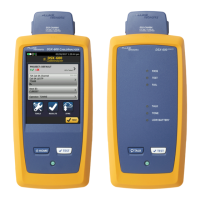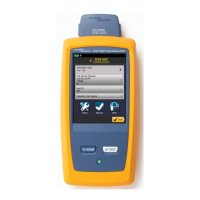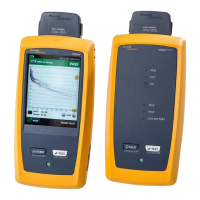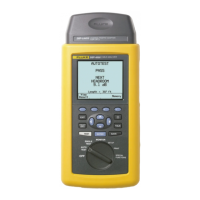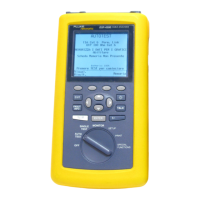9
When an Autotest fails or delivers a “marginal” pass result, the DSX-600 can use its
diagnostic capabilities to nd the cause of the marginal failures.
First, let us review what a marginal test is. The margin of a test is the difference between
the measured value and the applicable Pass/Fail limit value. The margin is positive when
the test passes, negative when the measurement fails and zero when the measured value
is equal to the limit value. A greater margin indicates that the result is further away
from the limit line. A larger positive margin therefore indicates a better test result. A
very small margin means that the test result is close to the limit value. A test result is
called marginal when its margin is less than the accuracy specication of the instrument
for the test parameter. For example, in gure 3, the Return Loss accuracy is +/- 1.79
dB @ 22.5 MHz and the worst case margin of a link at 22.5MHz was 0.4 dB. This Return
Loss result at 22.5 MHz is considered very close to the limit and is called a marginal test
result. A marginal PASS is indicated by PASS*. In this situation, the tester can be set
up to perform HDTDR and HDTDX tests showing diagnostics information to help identify
and point out what may have caused this marginal result. This information provides
the opportunity to quickly locate the problem, correct it, and deliver a link with good
performance. For more information, see the section that discusses HDTDR and HDTDX
diagnostics.
Figure 3
Shows result for worst pair where
the screen has been zoomed to show
the result in more detail. For this TIA
Cat 5e Permanent. Link Return Loss
accuracy is +/- 1.79 dB @ 22.5 MHz.
The margin was 0.4 dB so the result
has fallen within the accuracy band
and therefore is marked PASS*
The automated DSX-600 diagnostics
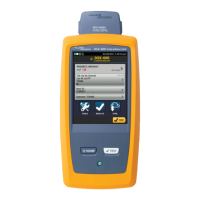
